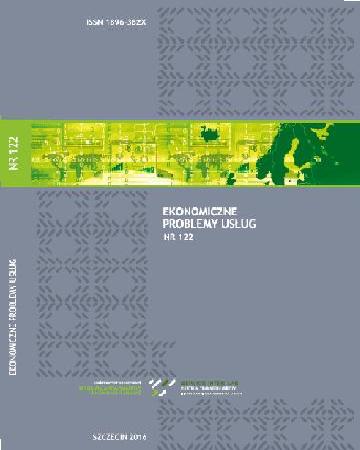
ISSN: 1896-382X
eISSN: 2353-2866
OAI
DOI: 10.18276/epu.2018.131/1-12



Issue archive /
nr 131 (1) 2018
Ogólny cykl życia ataku cybernetycznego i jego markowowski model
(THE GENERAL CYBER-ATTACK LIFE CYCLE AND ITS CONTINUOUS-TIME MARKOV CHAIN MODEL)
| Authors: |
Romuald
Hoffman
Wojskowa Akademia Techniczna Wydział Cybernetyki |
| Keywords: | cyber-attack process cyber-attack life cycle Continuous-Time Markov Chain Markov process with countable state spaces |
| Data publikacji całości: | 2018-05-24 |
| Page range: | 10 (121-130) |
| Klasyfikacja JEL: | C02 C60 D81 L86 |
Abstract
The article proposes a general cyber-attack life cycle which is distinguished from those published in the literature in principle by two additional phases: identifying attackers’ needs and ending a cyber-attack. On the basis of the defined attack life cycle, a stochastic model describing its functioning was presented. The model is based on stationary Continuous-Time Markov Chains.
Download file
Article file
Bibliography
| 1. | Coleman, K.G.J. (2012). Aggresssion in Cyberspace. W: Jasper S. (red.), Conflict and Cooperation in the Global Commons: A Comprehensive Approach for International Security (s. 105–119). Washington, DC: Georgetown University Press. |
| 2. | Hahn, A., Thomas, R.K., Lozano, I., Cardenas, A. (2015). A multi-layered and kill-chain based security analysis framework for cyber-physical systems. International Journal of Critical Infrastructure Protection, 11, 39–50. |
| 3. | Hutchins, E.M, Cloppert, M.J, Amin, R.M. (2011). Intelligence-driven computer network defense informed by analysis of adversary campaigns and intrusion kill chains. Pobrano z: http://www.lockheedmartin.com/content/dam/lockheed/data/corporate/documents/LM-White-Paper-Intel-Driven-Defense.pdf: Lockheed Martin. |
| 4. | Khan, M.S., Siddiqui, S., Ferens, K. (2018). A Cognitive and Concurrent Cyber Kill Chain Model. W: Daimi K. (red.), Computer and Network Security Essentials. Cham, Switzerland: Springer. |
| 5. | Lawler, G.F. (2006). Introduction to Stochastic processes. London–New York: Chapman and Hall/CRC Taylor and Francis Group. |
| 6. | Stanik, J., Hoffmann, R.(2017), Model ryzyka procesów biznesowych, W: Ekonomiczne Problemy Usług, 1/2017 (126), (s. 325-338), Szczecin: Uniwersytet Szczeciński. |
| 7. | Spring, J.M., Hatleback, E. (2017). Thinking about intrusion kill chains as mechanisms. Journal of Cybersecurity. Pobrano z: https://doi.org/10.1093/cybsec/tyw012: Oxford Academic. |